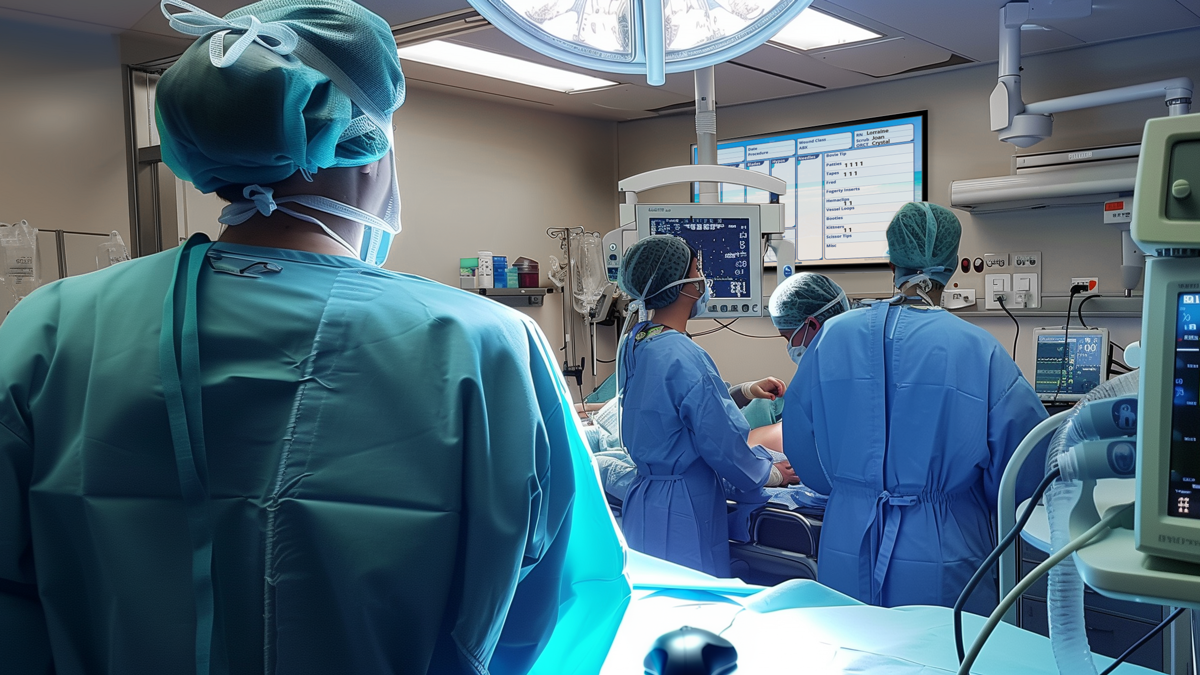Effective communication is crucial in healthcare, with whiteboards playing a key role. Digital boards offer interactivity and integration with Electronic Health Records, while physical boards are valued for durability and ease of use. Choosing between digital and physical whiteboards depends on specific needs, technological readiness, and long-term goals of the healthcare facility.
In the digital age, technology has revolutionized healthcare with patient online whiteboards, improving coordination, communication, and efficiency. These tools facilitate real-time updates, centralized information, and collaborative features, enhancing patient outcomes and workflow efficiency. Patient engagement and staff training are crucial for successful integration, ensuring a future of improved healthcare delivery.
The healthcare industry is undergoing a critical evolution with the introduction of digital whiteboards, transforming the landscape of traditional nursing and administrative practices. These sophisticated electronic boards provide instant updates and centralize information, significantly improving communication, enhancing patient safety, and boosting operational efficiency. Our blog explores the key benefits, practical applications, and offers a detailed guide for seamlessly integrating digital patient room whiteboards into healthcare settings. This innovative shift promises to deliver safer, more efficient, and patient-centric care, positioning early adopters at the forefront of healthcare innovation.
Nurse assignment whiteboards are essential tools in modern healthcare settings, facilitating optimal patient care and enhancing hospital workflow by providing real-time, accessible information to staff. These boards have evolved from basic dry-erase boards to sophisticated, customizable digital screens integrated with electronic health records. Key benefits include improved communication, efficient task management, and increased patient engagement. Implementing these boards involves assessing needs, designing purposefully, training staff, and measuring outcomes to ensure ongoing effectiveness in enhancing healthcare communication and operations.
In healthcare settings, patient room whiteboards are crucial for effective communication and care coordination. Traditional whiteboards have evolved from simple notetaking tools into advanced digital boards integrated with electronic health records, offering real-time updates and customized functions. These whiteboards enhance patient safety, satisfaction, and caregiver efficiency, adapting to specific needs with options like anti-ligature designs and touch-screen capabilities. Hospitals must carefully choose between digital and traditional options to meet their specific communication demands and improve overall patient care.
Effective hospital communication is life-critical, and a reliable system to update on patient conditions and tasks is crucial. This guide examines healthcare communication boards, detailing types, benefits, challenges, and how they improve efficiency and safety. Centralized boards enable better care coordination and patient engagement, facilitating quick access to important information for healthcare professionals, patients, and families. As technology progresses, hospitals must adapt to enhance communication and care standards. VisiCare™ offers an array of customized communication boards to meet healthcare needs.







